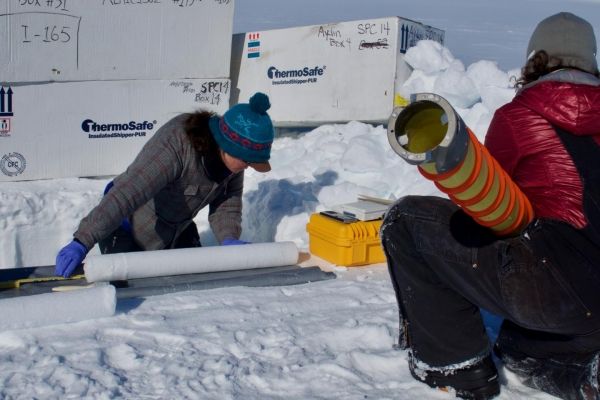An international environmental agreement to regulate the use of chemicals depleting the ozone layer may have inadvertently allowed higher levels of other harmful chemicals to flourish, new research co-led by York University and Environment and Climate Change Canada has found.
The 1987 Montreal Protocol on Substances that Deplete the Ozone Layer was designed to phase out ozone-depleting chemicals, chlorofluorocarbons (CFCs), such as freon used in older air conditioners.
But these replacement compounds, thought to be a better alternative, degrade into products that do not break down in the environment and have instead continually increased in the Arctic since about 1990.
“Our results suggest that global regulation and replacement of other environmentally harmful chemicals contributed to the increase of these compounds in the Arctic, illustrating that regulations can have important unanticipated consequences,” says Assistant Professor Cora Young of the Faculty of Science and the paper’s corresponding author.
Read more at York University
Image: Researchers drill and measure ice cores in the Actic (Credit: University of Alberta)


